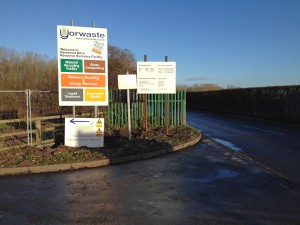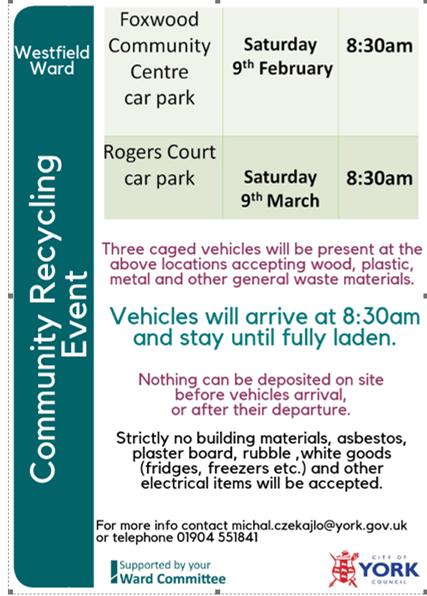Growing concern about debt levels as Council pledges to borrow more money
In December 2011 the then Labour controlled York Council was urged to make a prompt decision on the future of the Listed parts of the Guildhall.
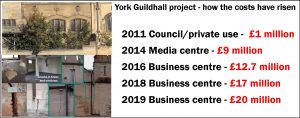
The building became empty when the Council moved to “West Offices”.
It was to be the start of 7 years of prevarication. The fabric of the building deteriorated and repair costs escalated
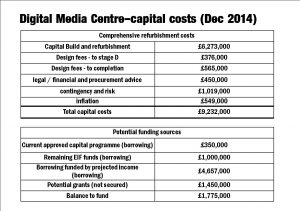
Business plan 2014
The Council had embarked on an expensive and ultimately pointless design contest for the site.
Eventually the Council opted to use the building as a “media centre” although it was some time before a cost of £9 million for the conversion work was published.
Keeping the building empty was costing taxpayers over £150,00 a year in maintenance costs. The fabric continued to deteriorate.
A new “coalition” administration took over in York in May 2015.
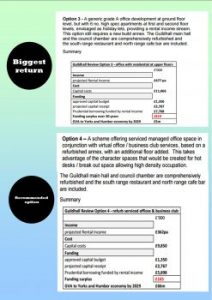
Business plan 2016
They had been critical of Labours plans and the expectation was that they would test the market to see what the private sector might do with at least part of the site. They failed to do so and instead hatched a behind close doors deal to turn the complex into a “self funding” business centre.
They could not find any public or private sector partners who would be willing to share the risk on this patently uneconomic project.
The cost of the project was put at £12.7 million. Councillors claimed that it would still break even with rent income offsetting the costs of borrowing.
By 2018 the estimated cost of the project had soared to £17 million. Councillors ignored pleas that the site be put on the open market. There was interest in providing residential, hospitality or prestige office accommodation on the site. The Council decided to plough on regardless
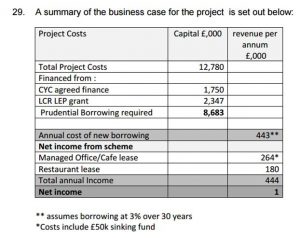
Business plan 2017
6 months ago the neglect of the building had become apparent to passers-by.
Yesterday the Council published a report saying that the project costs had risen to over £20 million. They admitted that taxpayers will have to find nearly £600,000 per annum to pay interest charges on the additional borrowing
NB. This year 11% of taxes paid by York residents were used to pay interest charges on the Councils borrowing. This will have increased to 21% by 2022.
By the same date, the Council total debt will have increased to £479,000,000.
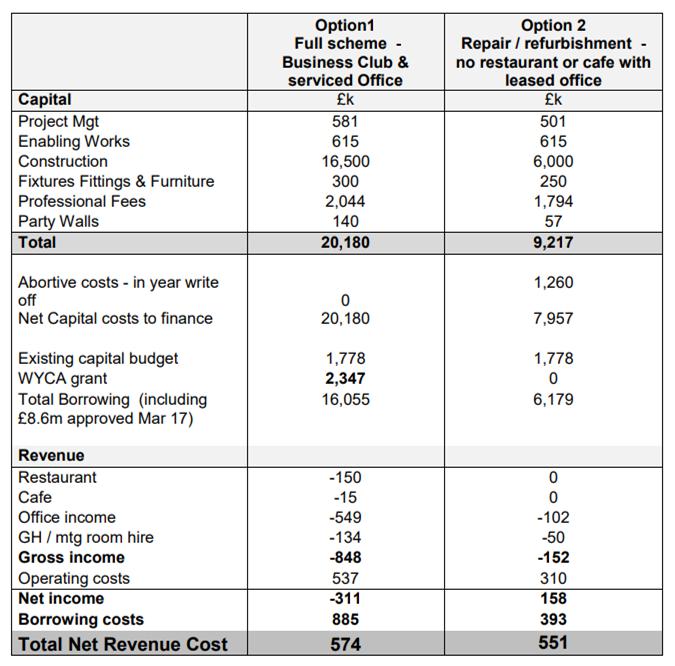
Business case Feb 2019

